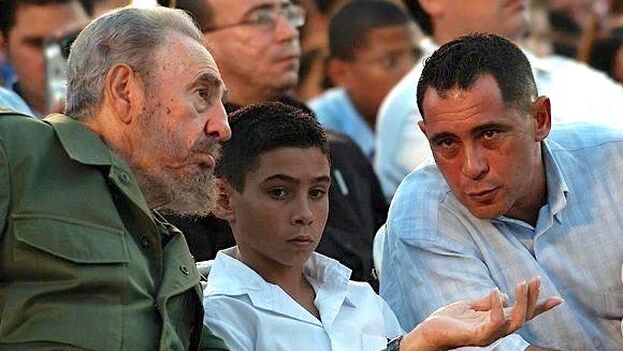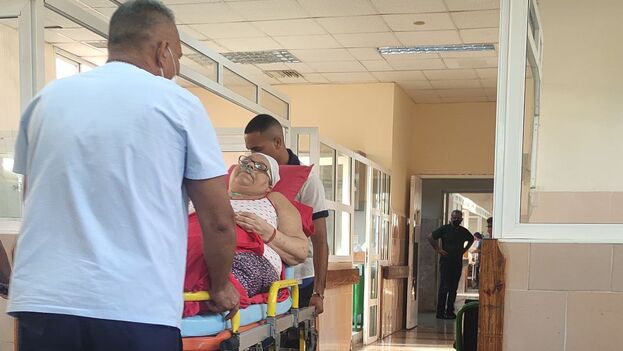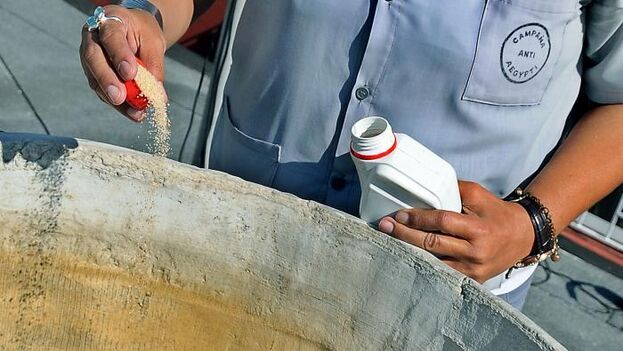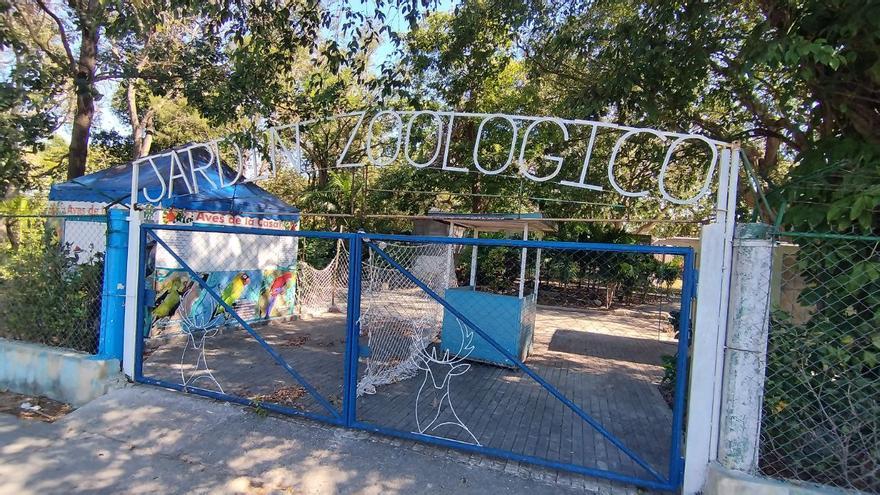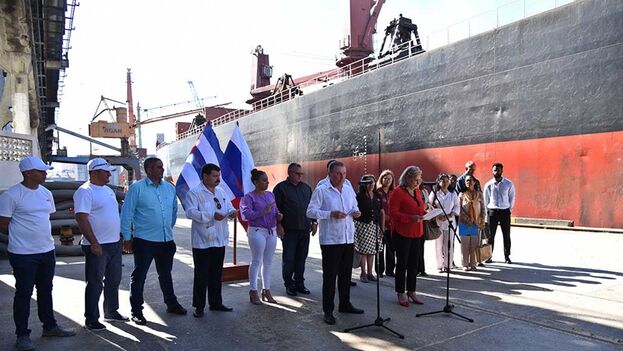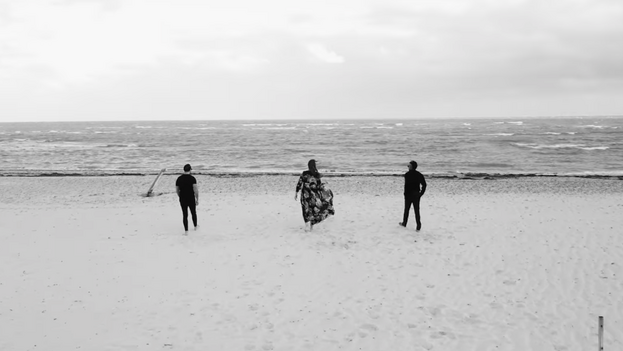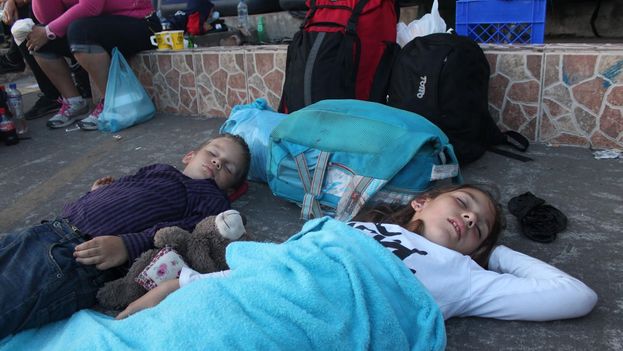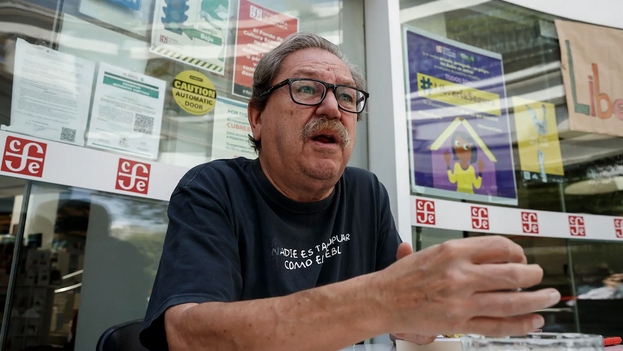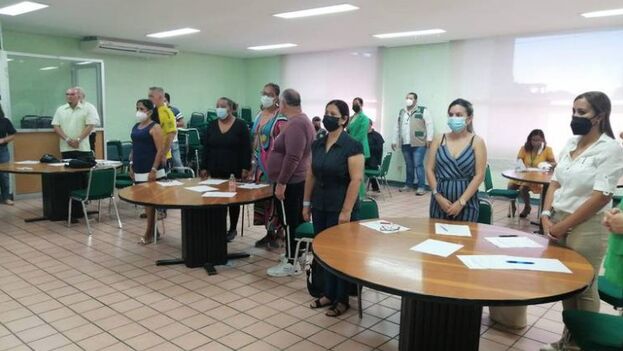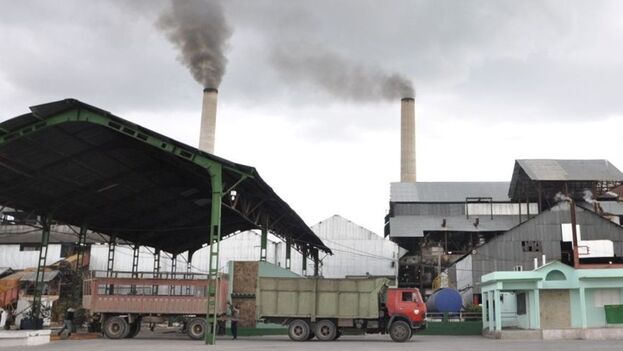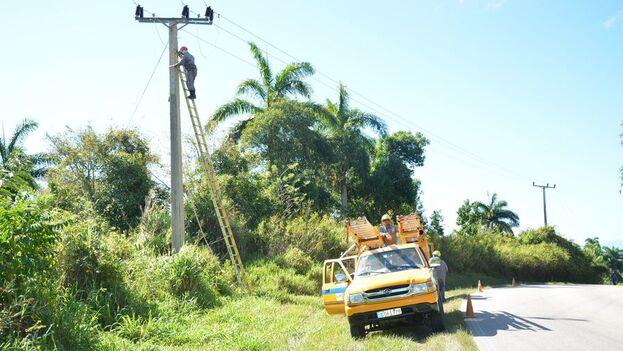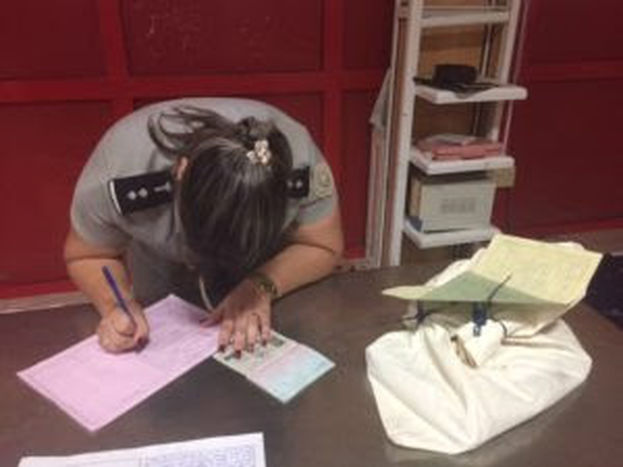
![]() 14ymedio, Elías Amor Bravo, Economist, 18 February 2023 — My Cuban friends come from the Island to Europe and are amazed that when we travel to different countries when we arrive at the airports there are no “customs” or police controls. The magic of Schengen Area for Europeans (Spanish Cubans too), the disappearance of customs and controls, is one of the greatest successes of this part of the world. It wasn’t always like that.
14ymedio, Elías Amor Bravo, Economist, 18 February 2023 — My Cuban friends come from the Island to Europe and are amazed that when we travel to different countries when we arrive at the airports there are no “customs” or police controls. The magic of Schengen Area for Europeans (Spanish Cubans too), the disappearance of customs and controls, is one of the greatest successes of this part of the world. It wasn’t always like that.
The European Union, which was the architect of this congregation of nations that opted to eliminate barriers to the free movement of people and goods, allowed circulation through the countries of the west before the collapse of the Berlin Wall. But with the disappearance of socialism, Eastern Europeans also integrated into the Schengen area and others, those who were left out, did their best to make entrances more flexible. Customs are part of “cold-war” past, which Europeans have forgotten, as if Europe had been transformed into a kind of United States of America.
By contrast, in the Cuban case, Customs has existed for six decades, and those who return to Cuba or want to enter must face a complex and absurd barrier of entry that has been done and undone during its existence. To be honest, there are few reasons for celebration.
Shall we start?
Customs was responsible for the shameful searches that were made of people fleeing the country in the early sixties, a real dispossession of scarce, last-minute belongings that Cubans managed to remove from the terrible communist inventories of their homes.
There, in the presence of those who fled communism, boxes were available to throw all kinds of requisition objects, certainly with little or no professionalism. It was the years of militarized Customs, which created a bitter experience for those continue reading
Customs, in this case, which guards the Island, has committed terrible crimes such as the incident of the 13th of March tugboat, at a much later date, where murder was committed against young children. This work of surveillance and control of territorial waters to prevent the flight of Cubans has been a source of atrocities that have never been punished, and which in many cases are not even known.
But true, the years are passing and on February 5, General Customs turned 60, and for that reason Randy Alonso invited to his Roundtable program on State TV William Pérez, deputy head of Customs; Yamila Martínez, general director of Customs Processes; David Fernández, director of Technologies and Infocommunications and Glenda González, secretary of the Communist Youth Union.
Tremendous program. There, some keys were given to “orient” the audience on the functioning of Customs in the service of the communist regime. As a starting point, the reference to political-ideological work, “in the interest of strengthening the institutional image and strengthening the sense of belonging of workers” gives a good idea that Customs, far from being governed by technical criteria, does so by the communist party, no more or less than the rest of the inefficient monstrosity of the state.
Some facts are surprising. Of those employed, 66% are young and 70% are women. This attraction of young people is apparently attributed to a youth detachment called 60 Socialist Customs, composed of the 60 most prominent young people in the country; the development of an internal festival of amateur artists; and other communication and information actions.
For Customs managers, this web that traps young people in its service is a positive point and, as could not be otherwise, most of them come from the Comminist Youth Union, which even has a secretariat in Customs, to ensure ideological purity. The young people of Customs must be proud to be part of the “60 Socialist Customs” detachment, cited above, and must participate in the activities organized outside their specific activity in Customs by monitoring the borders.
A piece of advice to these young people. Don’t have too many illusions. No matter how efficient and quality Customs services are, this entity would have its days numbered in a democratic, free country and, of course, with another economic model, in line with what happens in other countries. The communist customs that has worked with its light and dark tones in these six decades could not remain the same in a democratic and free country. Let them think that their working lives are not going to end there.
On the Roundtable program the purposes of Customs were reported to be facilitate customs policy, consolidate the customs confrontation system (together with the Ministry of the Interior), eliminate of obstacles, simplify of procedures, and the develop the integrated system of attention to the population, which has been an important handle to perfect the work.
It was said that the employees come from the Higher Customs Technician course, which this year in its third edition graduated more than 300 people. In other words, Customs has been operating for 60 years, but only in the last three years has there been for training professional specialists. Ask yourself where the previous employees came from. They have announced for 2024 a Bachelor of Law with a Customs profile, which would promote the improvement of the labor force of that organization. For human resources and qualification, this all very recent.
And of course. Customs, following the guidelines of Díaz-Canel’s doctoral thesis, also has a sectoral program in science, technology and innovation and computerization.
From this preamble, the functions of Customs began to be defined, and the first task is border security. I remind you again, Europe does not have customs in 27 countries, and that security requirement does not exist. Something doesn’t fit here.
In this case, Customs in Cuba exists to “prevent acts of terrorism, drug trafficking, smuggling and other demonstrations that threaten the security of people and the environment. To do this, and to the extent that international crime becomes more sophisticated, the preparation of human forces has had to be improved and the borders have been equipped with new technologies.” So, what does the police, state security and the entire repressive apparatus of the communist regime do that is any different? Will we not be facing an eventual duplication of functions?
They also explained that to provide better service they are in a process of updating regulations and simplifying customs processes, which in Cuba means more bureaucracy, obstacles and obstructions. Contributions such as the Single Customs Window were cited, which they say allows the management of documents, procedures and collections for foreign trade, mainly imports and exports that are carried out digitally.
Another step of alleged flexibility is the consolidation of the Authorized Economic Operator program, conceived and promoted by the World Customs Organization, to facilitate trade. It classifies entities with high security standards in their logistics chain. In reality, these globally competitive entities have very little to do with customs processes. And Cuba is an island.
They said that, since last August, two rules have been published that have allowed the increase of the import capacity by the passenger and shipping route. These are Resolutions 175 and 176 of 2022. With these measures, it is intended to better carry out risk studies and the management of Customs to the fundamental lines of confrontation, and to not be so much concerned with counting and seeing other goods that are not of priority interest and, ultimately, to solve problems for the population. There have also been changes and new procedures with the six freight forwarders that operate cargo from non-natives. As a result, postal clearance was automated.
More bureaucratic work. The advance passenger information form in digital format was implemented, in conjunction with the Ministry of Transport and other agencies that exercise border control, and the Predespacho Pasajero APK has been developed and updated, which allows passengers to organize their luggage before arriving in Cuba.
It’s a network of controls and interventions to prevent anything from escaping the control of Customs. There are no data from surveys of citizens who are subjected to customs controls when they arrive in the country. I suggest such a quality survey because at this time they would get some surprises. And in the end, let no one be deceived, it should not be forgotten that behind the customs racket there is a collection purpose.
In fact, that collection power is the main justification for the customs that survive in the world. In particular, in the Cuban case as if it were a gracious decision of power, it was reported that the tariff benefit that authorizes, exceptionally and temporarily, the non-commercial import, without limits in its value and exempt from payment of customs duties, food, toiletries and medicines will remain in force until next June 30.
And, until March 31 of this year, the tariff benefit that exceptionally authorizes non-commercial importation, above the value established for air, sea, postal and courier shipments, of power plants with a power greater than 900 watts.
After that, it will be collected again.
It was finally reported that Customs is also being digitized in an alliance with the University of Computer Sciences that will be realized in eight projects to manage customs processes, the deployment of a tool for administrative procedures and the computerization of the Customs school. They are working on artificial intelligence projects for the integration of technologies (scanning, image and information processing) and the improvement of cybersecurity. And what about state security? Won’t it be connected? Let me know. In the program, not a single word was said about the cost of this to the state coffers and, above all, the measurement of the effectiveness of its services. Randy didn’t even ask about that. Too bad.
Translated by Regina Anavy
____________
COLLABORATE WITH OUR WORK: The 14ymedio team is committed to practicing serious journalism that reflects Cuba’s reality in all its depth. Thank you for joining us on this long journey. We invite you to continue supporting us by becoming a member of 14ymedio now. Together we can continue transforming journalism in Cuba.


